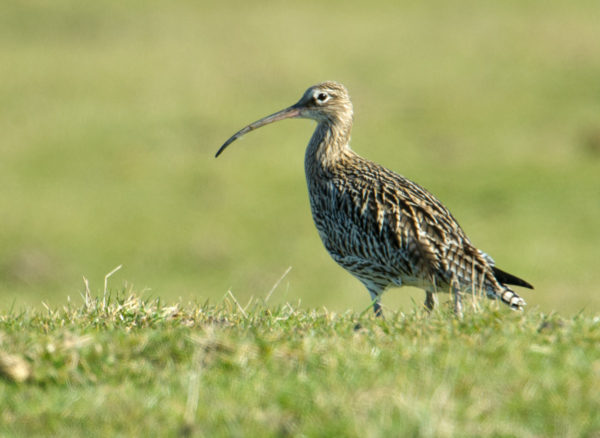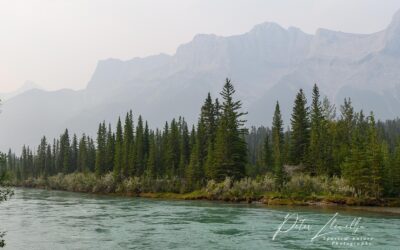This week I am going to return temporarily to a bit of wildlife photography with a visit to The Isle of Sheppey  RSPB reserve at Elmley Marshes, with my friend David. There is a 2 mile drive into the reserve proper that is managed by the Elmley Conservation Trust so the photo opportunities regularly start long before you get to the reserve proper, and this was exactly the case on this trip. If ever you go here on a photography trip make sure the camera is right beside you before you enter the reserve road.
Only a few hundred yards into the reserve I got some great shots of a kestrel perched on a post, just a few yards from the road. Unfortunately David was not quite as ready as I was and missed a golden opportunity as the bird took off just as he got the lens out of the window!
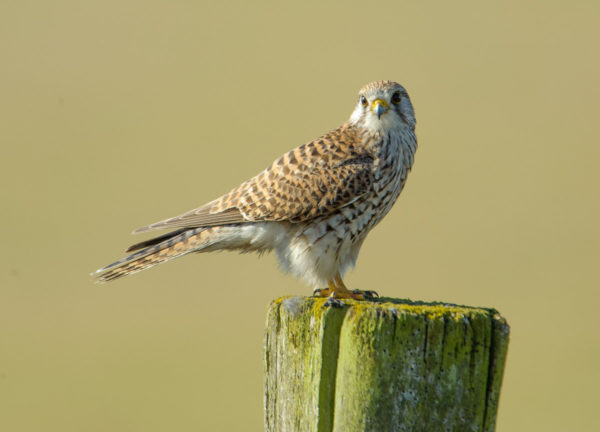
Kestrel (Falco tinnunculus) female, perched on a post, Elmley Marshes RSPB Reserve, England, : Photo by Peter Llewellyn
Nikon D3, AF-S VR Nikkor 500mm f4G ED lens, 1/1000 at f6.7, ISO 500, aperture priority automatic, lens supported on window ledge of car.
Birds are unpredictable, particularly in their sudden and very rapid movements so even though a bird is perched on a fence post and is relatively still I will still try and keep the shutter speed high enough to accommodate these sudden bursts of energy. With today’s cameras capable of producing such high quality images I am not afraid of pushing the ISO a little higher  to ensure the shutter speed is at least 500th/sec and preferably 1000th or better. This doesn’t mean you simply push the ISO to the highest value your camera goes to, it’s still a balancing act between quality of file and the settings you need.
Nikon D3, AF-S VR Nikkor 500mm f4G ED lens + TC14 converter, 1/800th at f8, ISO 500, aperture priority automatic, lens supported on window ledge of car.
You cannot get out of your car on the entrance road but this really does not present an issue. The birdlife is so used to seeing vehicles that your car makes an ideal mobile hide. Make sure that on stopping you turn off the car engine. The vibrations from an idling car are still enough to affect your images.
I always recommend that you use a sturdy tripod and proper tripod head when shooting wildlife images, but here in London I don’t have my tripod with me. As I am shooting predominantly sport and tripods are usually banned (in fact throughout the Olympics tripods are not allowed due to the extremely limited space in the photo positions), and there is only so much I have been able to bring to London, I am mostly using a monopod. However, if you ensure you keep the shutter speed high enough, and use good technique, it is possible to handhold for short periods of time, which I do often with the 500mm f4 for flight images. (I wouldn’t attempt this with the 600mm, just too heavy!)
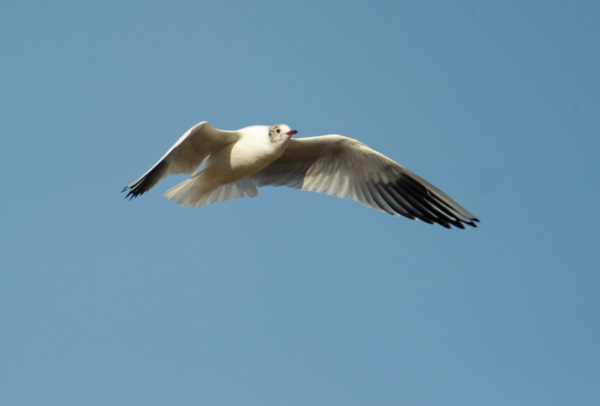
Black-headed Gull (Larus ridibundus) in flight, Elmley Marshes RSPB Reserve, England, : Photo by Peter Llewellyn
 Nikon D3, AF-S VR Nikkor 500mm f4G ED lens + TC14 converter, 1/2000th at f8, ISO 500, aperture priority automatic set to -2/3 stop to retain detail in white feathers, hand held.
Ethics
Finally a word on the ethics of photo manipulation. I am often asked what I think it is reasonable to do to a photo in our digital world and what it is not. The answer is not entirely straightforward as it depends so much on what the subject material is and what you are trying to portray. For example in my sports photography it is essential that I do not materially alter the content of an image. In other words I am restricted to simple colour correction, cropping and removing any sensor dust – and that is about it. I cannot for example, clone out a distracting spectator from the background of an image as I would be materially altering reality, even though the image would be more pleasing if I did so. However in the natural history photo it is perfectly acceptable, in my opinion, to remove a distracting branch, for example, as I have not altered the reality of that particular image.
So long as I am not attempting to fool the viewer of an image into believing that something happened that was not really there – for example combining an image of a sparrow and a parrot sitting on the same branch and then portraying it as reality. If I do it as an exercise in digital manipulation and inform everyone that that is what I am doing it is fine. The classic example is when National Geographic Magazine moved the Pyramids to make an image fit the front cover – not cool!
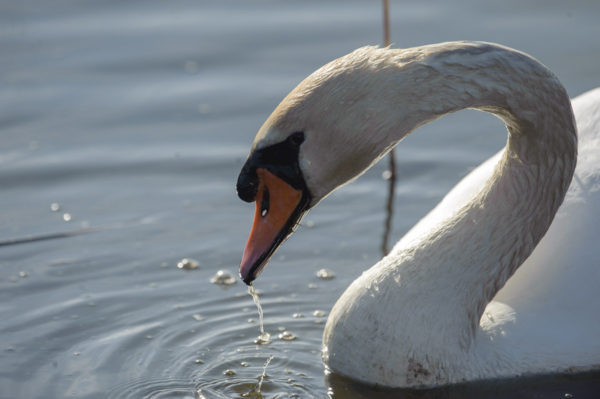
Mute Swan (Cygnus olor), Elmley Marshes RSPB Reserve, England, Original image: Photo by Peter Llewellyn
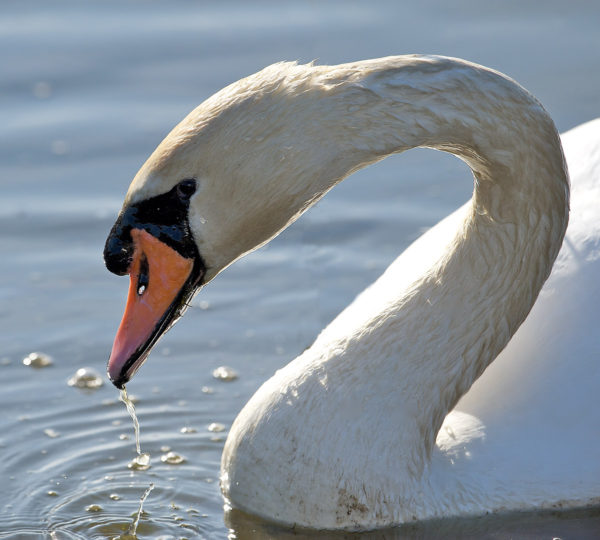
Mute Swan (Cygnus olor), Elmley Marshes RSPB Reserve, England, Finished image after cropping, correction and clean-up : Photo by Peter Llewellyn
Nikon D3, AF-S VR Nikkor 500mm f4G ED lens, 1/2000th at f6.3, ISO 500, aperture priority automatic, lens supported on window ledge of car.
The second image above has the distracting branch removed and some additional exposure and contrast work, which I regard as perfectly acceptable. Here I have used the Quick Mask technique in Photoshop, one of the few tasks I still use Photoshop for. For details of how to do this see the e-book, Photographers Workflow available from the site. The book will soon be updated to account for some major changes in the way I handle my images. Anyone purchasing the book now will get the update free when it comes out.

